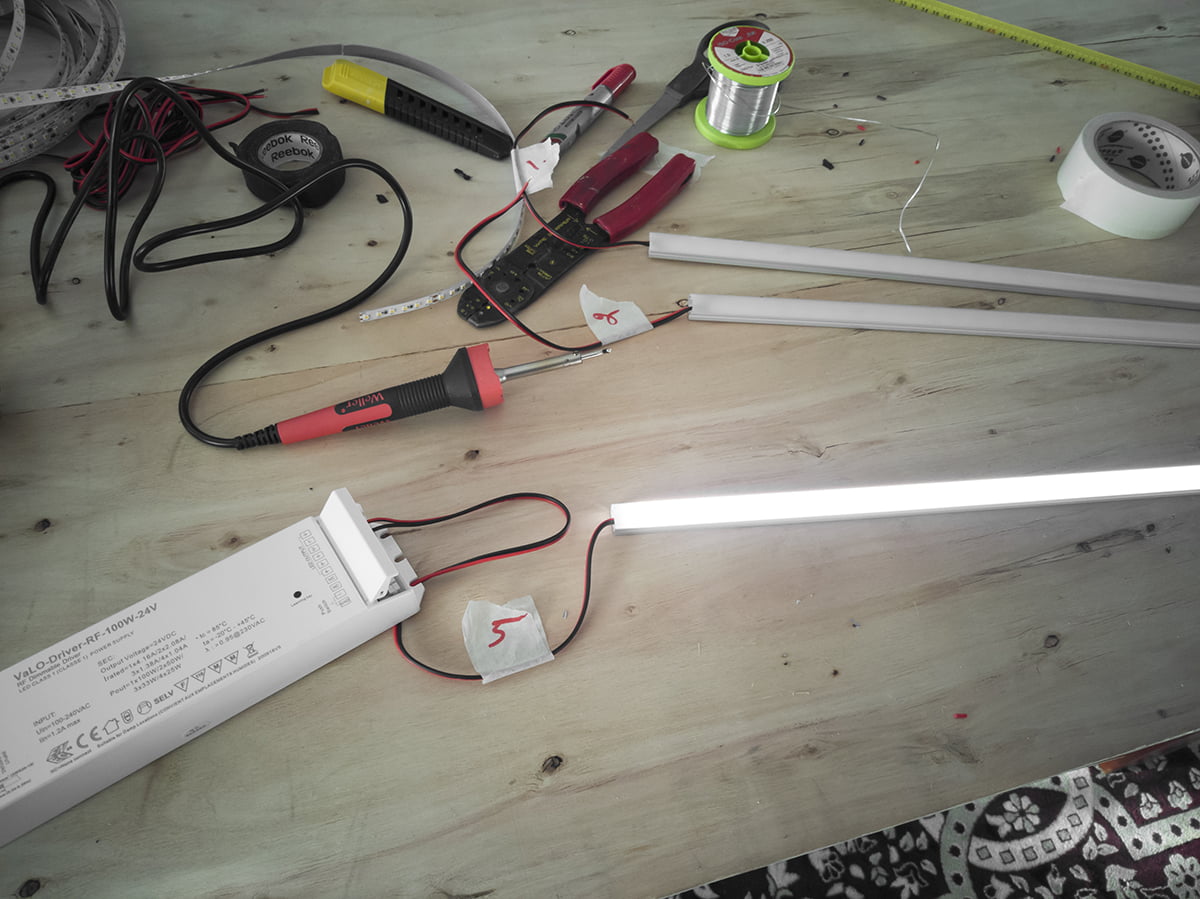Summary
- Lighting of staircases improves safety and aesthetics
- Installing an LED strip is easy and requires no major modifications.
- The whole project can be completed for less than €600
- LED strips are easy to install with no major changes needed.
- The result is stylish and the lighting is dimmable



Reply to